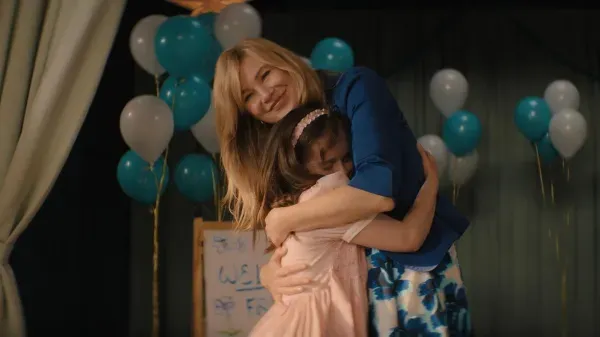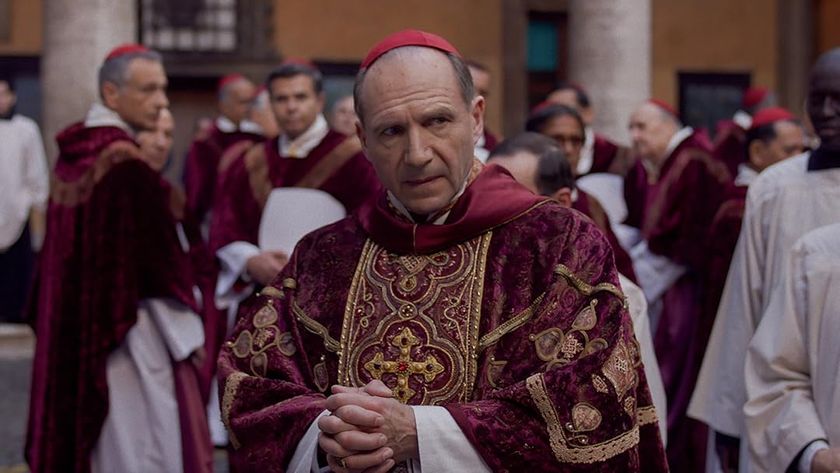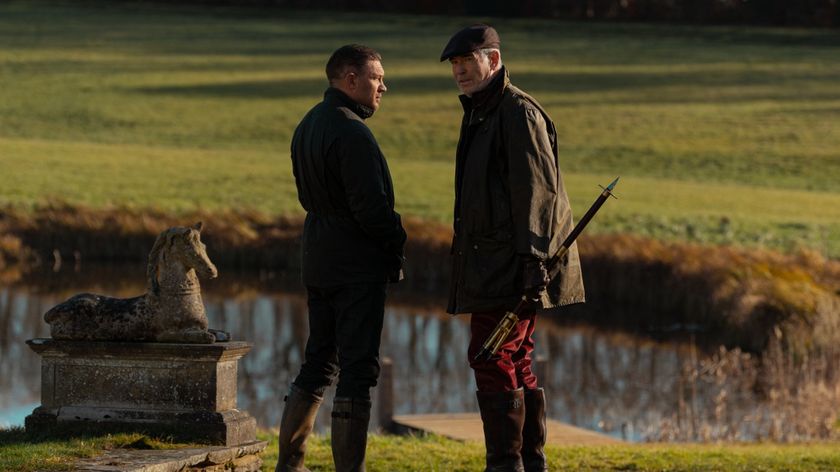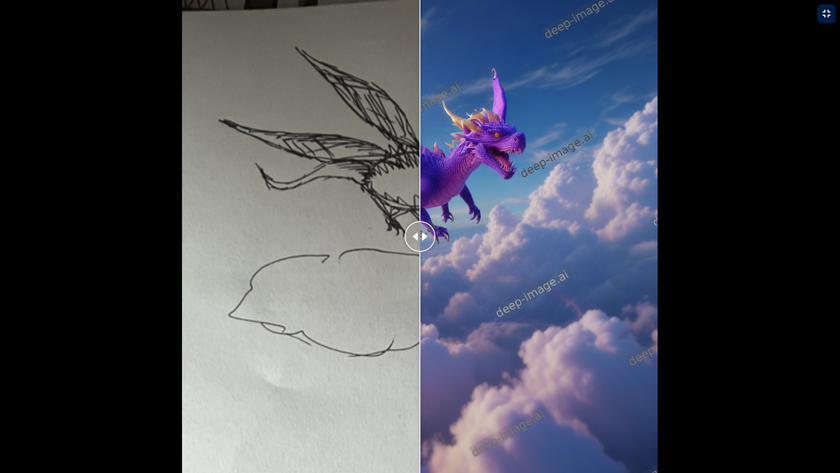Kowloon Walled City doesn't need the sci-fi trappings of Stray to fascinate
Paw runner
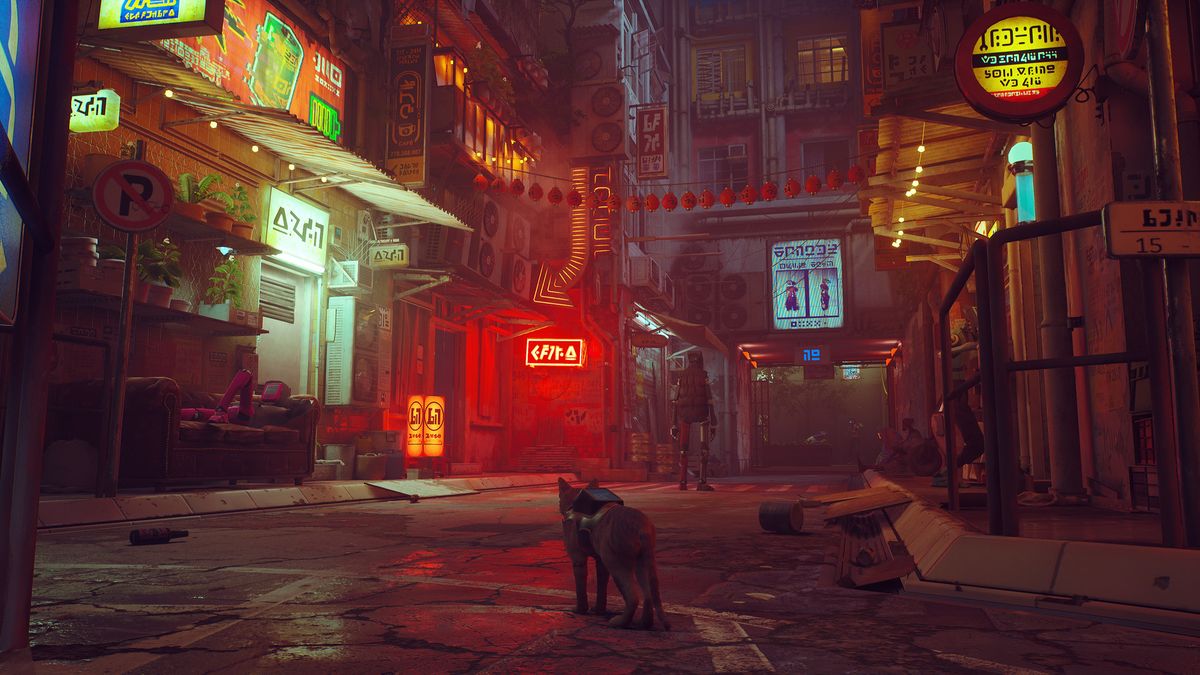
The Warren had long been abandoned by the authorities. It was controlled now by the mafias and cartels who offered a veneer of stability in exchange for the vast profits yielded from the usual flavors of human misery. A lawless citadel of unregulated commerce, overstuffed living quarters, and decay of every sort. Those lucky enough to inhabit the upper levels had access to ludicrous privileges like sunlight and fresh air – regularly interrupted though they were by the monstrous din of transports roaring overhead, all but scraping the roof on their way to the gleaming city next door. Down below, life unfolded in perennial night. And yet, the days were remarkably unremarkable: children skipped to school. Garbage was collected. Food stands served lunch.
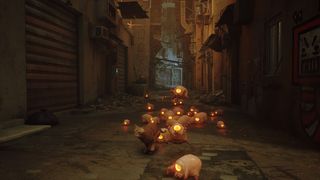
This could evoke any number of fictional dystopias, from the doomed planet Taris in Knights of the Old Republic, to the futuristic-back-then Los Angeles of Blade Runner – even the gothic sprawl of Castle Gormenghast. It was, however, the very real Kowloon Walled City; a 6.4 acre block of buildings once home to more than 30,000 people, demolished in the early ‘90s after the British and Chinese governments finally came to the conclusion, after decades of abdicating responsibility to each other, that it was time to knock it all down. A decision that was merciful, or cruel, or sensible, or tragic, depending on who’s asked.
Despite its eventual replacement with a memorial park, complete with tiny bronze model of itself, Kowloon Walled City forever lurks in popular culture, silently informing our idea of what a dank undercity looks like. It’s no coincidence that these places always have Cantonese street signs and slurpy noodle bars, no matter how far out into the galaxy they’re imagined, or by whom. Hong Kong is the archetypal cramped metropolis, and the Walled City is its nadir. A marvel, and monument to the amount of shite that human beings will put up with in order to eke out a living, setting us up nicely for the grim reality of life in space colonies or tunnel cities, depending on how the chips fall over the next few years.
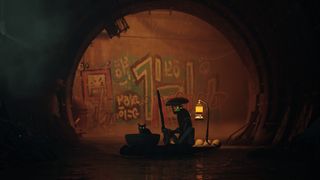
In its day, it was the most densely populated construction on earth. For some, it lives on in memory as a warning from history about the importance of building regs. For others, it represents a culture sadly lost; an enclave of Chinese resilience, unmolested by de facto British rule. A place that many happily called home, exasperatingly misunderstood. Romantic, even, despite the squalor.
Anna-purr-na
Where was I going with this? Right, yes. Stray, the new PS5 pounce-em-up about an impossibly sweet little cat that is cognitively able to solve physics puzzles, is set in a location heavily inspired by Kowloon Walled City. Humans are gone, and the city is home to robots. The cat befriends one, and hijinks ensue. (Incidentally, you can currently play Stray for free thanks to a PS Plus Premium seven-day trial.)
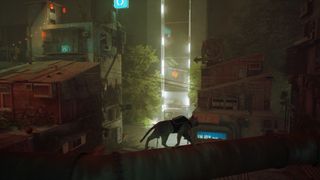
It’s not the first time that KWC has been depicted in a game; famously, Shenmue 2’s middle act takes place there, and every pseud’s favorite Max Payne, Stranglehold, features a level set within – although no sense of it as a residential complex exists in this version, as it’s reduced to a mere dispenser of angry Triads for Chow Yun-fat to gun down. Kowloon’s Gate, a cult supernatural adventure game about the city’s re-emergence from the realm of the dead, appeared in Japan in 1997 and stayed there.
Yet in Stray, the sense of place is palpable. Its interpretation, fictional though it is, appears unusually well-researched from a visual standpoint. Though much of the real Walled City’s interior is lost to time, some film footage of it exists.
Get daily insight, inspiration and deals in your inbox
Sign up for breaking news, reviews, opinion, top tech deals, and more.
Documentaries – one carefully filmed with hidden cameras so as not to fall foul of the local vice peddlers, another produced as a propaganda piece for the Salvation Army – do exist on YouTube, offering tantalizing glimpses of life in this fascinating location.
It tickles an ancestral memory of dense forest. One wonders if a cat knows or cares about the difference between a tree branch and an aerial
Based on what little can be perceived by a westerner who was nine when Kowloon Walled City got knocked down, Stray seems to have nailed its oppressive cramp, its fine haze of dust or god-knows-what, its apparently endless capacity for supporting a population… somehow. The way that its pipes and wires hang like vines in narrow corridors, hastily tacked up by some nameless utility hero in the dim and distant past. It tickles an ancestral memory of dense forest. One wonders if a cat knows or cares about the difference between a tree branch and an aerial.
Sleeping cats
Stray is a phenomenally good video game, in which the city is just one of many hooks (honestly, a wee cat, a wee robot, and a painstakingly detailed next-gen robot dystopia to explore? Greedy, devs. Save some USP for other studios, yeah?). But Kowloon Walled City needs no science-fiction makeovers or ghostly reimaginings to fascinate. What it deserves, perhaps, is re-examination.
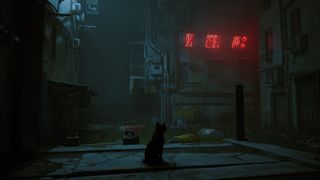
Thousands of human stories played out there, some from beginning to end. It entombed countless millions of moments, thoughts, triumphs, tragedies, harsh words, jokes told, a great many within living memory. It feels like a gift of a video game location, no fictional distancing necessary – a map whose details are lost to time, but with a vibe very much intact, ripe for interpretation. An enclosed, finite space, with a built-in excuse to leave the rest of Hong Kong as backdrop. Wallpaper. Skybox, if you ever reach the top.
The genesis of this article was a false memory of plans to make a Sleeping Dogs sequel (this much is true) set within the Walled City (this much is not, not least because it was demolished some 20 years before the first game is set). Since having accidentally imagined it, I can’t stop thinking about it. Taking the GTA clone and funneling it into a tight, dense open world made not of grand vistas, but narrow spaces, and the life that thrives within. Something between a Sleeping Dogs and an Arx Fatalis, but very much grounded in fact.
You ever just desperately want to play a game that doesn’t exist?

Jim Trinca is a Welsh-Italian Scottish person from Bristol. During his decade-long career in games he has been a prolific podcaster and YouTuber, has produced countless game trailers and dev diaries for the likes of Capcom and Irregular Corp, and won three Games Media Awards for shouting at Chris Bratt while wearing a vest. In his spare time he tends to a cat.




